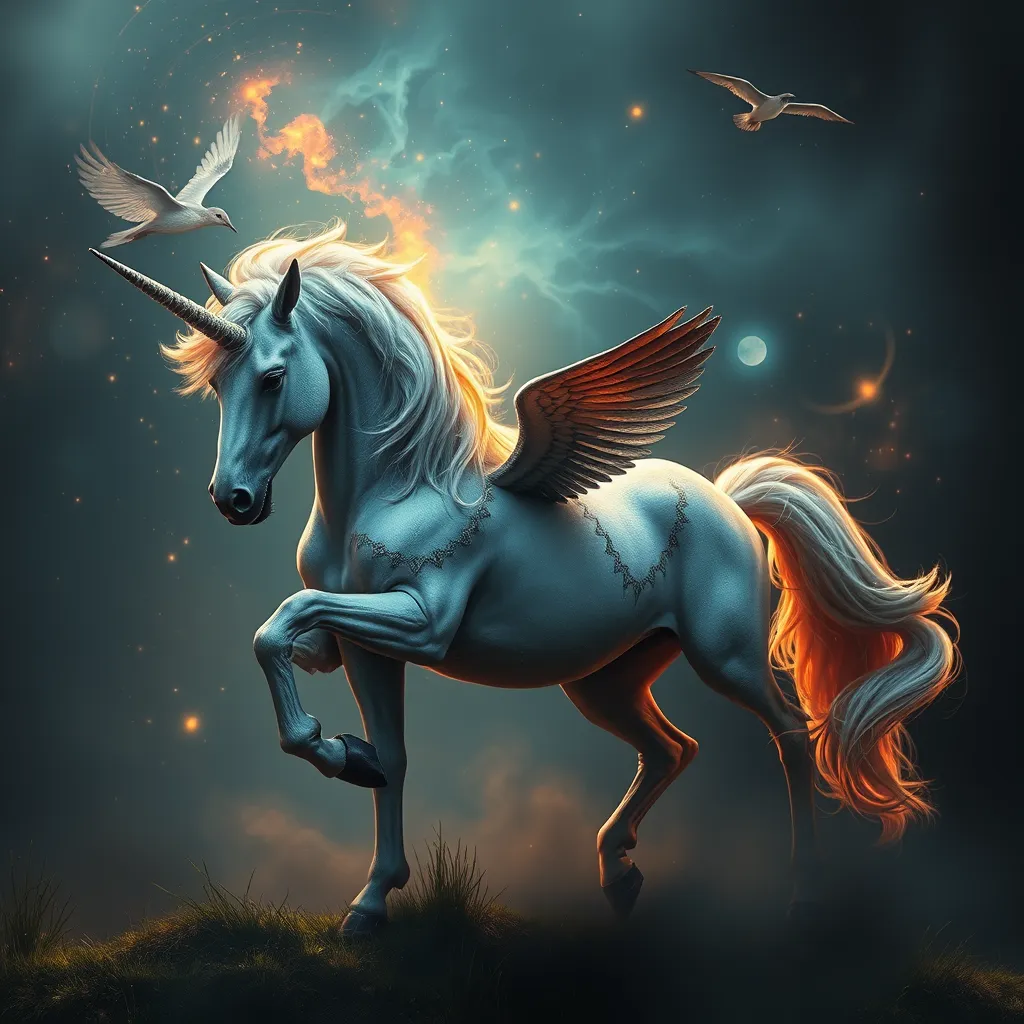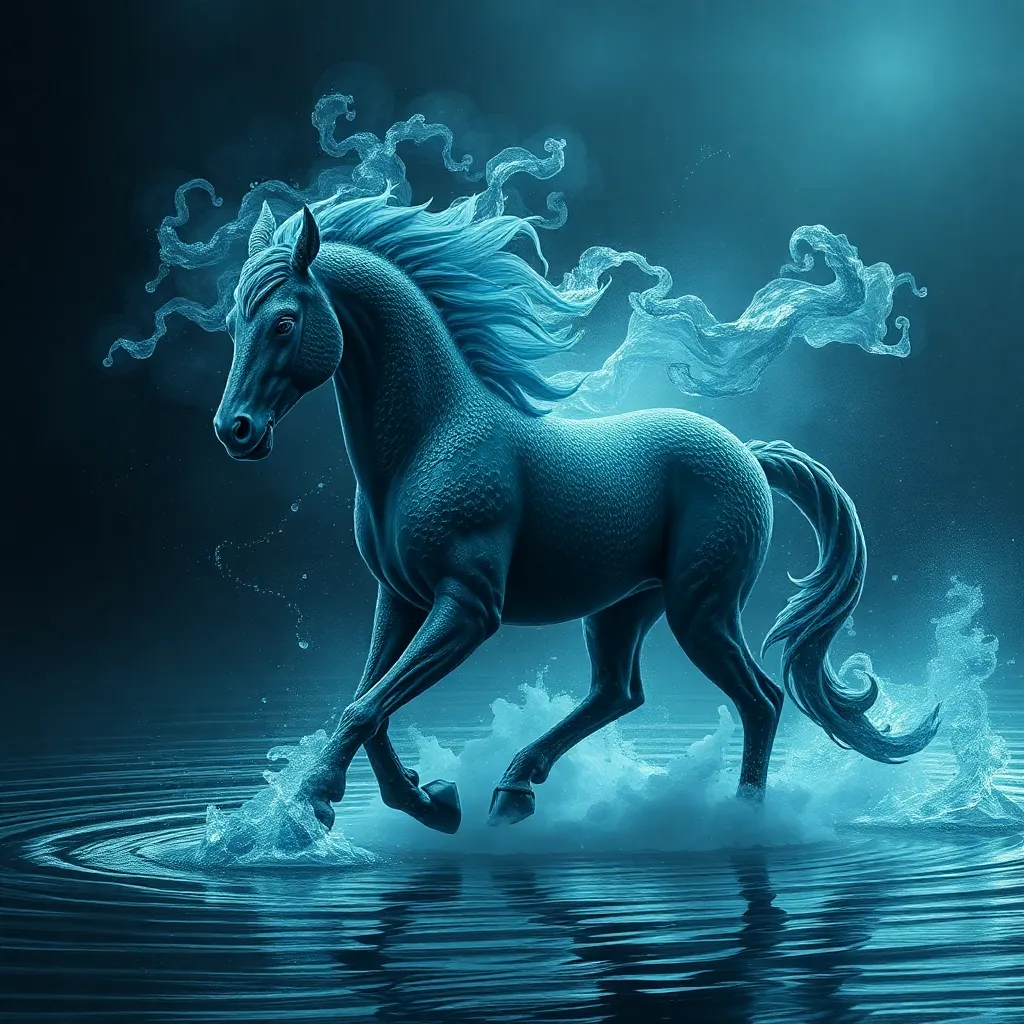The Werewolf’s Promise: Exploring the Themes of Hope, Renewal, and Transformation in Werewolf Tales
I. Introduction
Werewolf mythology has captivated the human imagination for centuries, embedding itself deeply into the cultural fabric of societies around the globe. From ancient folklore to modern cinema, these tales explore the complex relationship between humanity and the primal instincts that lie beneath the surface. This article delves into the central themes of hope, renewal, and transformation that emerge from werewolf narratives, highlighting their enduring significance in literature and beyond.
II. The Historical Context of Werewolf Legends
The origins of werewolf myths can be traced back to various cultures, with each interpretation reflecting the beliefs and fears of its time. In ancient Greece, for instance, stories of Lycaon—a man transformed into a wolf—illustrated the consequences of hubris and the loss of humanity. Similarly, Norse legends featured warriors who could don wolf skins to gain strength in battle.
As these myths evolved through folklore and literature, the werewolf archetype became synonymous with the duality of human nature: the struggle between civilized behavior and savage instincts. This duality is not merely a narrative device; it symbolizes the internal conflicts that define the human experience.
III. Hope in the Face of Adversity
At the heart of many werewolf stories lies a powerful message about hope in the face of adversity. The transformation into a werewolf often serves as a metaphor for personal struggles, reflecting the challenges individuals face in their lives.
- Character transformations: Many protagonists find themselves grappling with their darker selves, yet through their journeys, they discover resilience and strength.
- Examples in literature: Classic tales like The Wolfman and modern retellings such as Teen Wolf illustrate characters who evolve through their experiences, ultimately embracing their true selves.
- The role of community: Support from friends and family often plays a crucial role in helping characters confront their inner demons, emphasizing the importance of connection and understanding.
IV. Renewal and Rebirth in Werewolf Narratives
The cycle of transformation inherent in werewolf narratives serves as a potent symbol of renewal. Characters who undergo these transformations frequently emerge with newfound identities and perspectives.
- Symbols of renewal: The full moon often acts as a catalyst for change, representing the cyclical nature of life and the potential for rebirth.
- New identities: Characters like Jacob Black in the Twilight series illustrate how embracing one’s identity, even if it comes with challenges, can lead to personal growth.
- Redemption: The theme of redemption is prevalent, as characters learn to accept their true selves and the complexities of their existence.
V. The Transformative Power of the Werewolf Curse
The werewolf curse, often seen as a burden, can also be interpreted as a catalyst for personal growth and self-discovery. The transformation process delves into the psychological and emotional implications of embracing one’s darker side.
- Personal growth: The curse forces characters to confront their fears and insecurities, often leading to significant personal development.
- Psychological aspects: Stories like Ginger Snaps explore the emotional turmoil associated with transformation, highlighting the struggles of adolescence and identity.
- Case studies: Films such as An American Werewolf in London illustrate the tension between the human and beast within, showcasing the inner conflict that drives the narrative.
VI. Contrasting Perspectives: Fear vs. Acceptance
The dual nature of werewolves—as both feared creatures and sympathetic figures—serves to challenge societal perceptions of monstrosity and acceptance. This contrast is pivotal in understanding the narrative’s depth.
- Feared figures: Many tales present werewolves as terrifying beings, embodying humanity’s fear of the unknown.
- Sympathetic perspectives: Conversely, stories like The Howling invite audiences to empathize with the struggles of werewolves as they grapple with their identities.
- Impact of acceptance: Acceptance from society or peers can significantly influence personal transformation, leading to a more profound understanding of self.
VII. Contemporary Interpretations of Werewolf Tales
Modern adaptations of werewolf stories reflect current societal issues, making them relevant to contemporary audiences. These narratives often explore themes of identity, acceptance, and the nature of monstrosity.
- Analysis of adaptations: Films and series like The Originals and Wolfblood reframe the werewolf mythos, focusing on themes of belonging and community.
- Societal reflection: Many modern tales address issues such as mental health and the struggle for acceptance in a judgmental world.
- Enduring appeal: The werewolf myth continues to resonate, serving as a metaphor for the ongoing battle between our inner selves and societal expectations.
VIII. Conclusion
In summary, the exploration of hope, renewal, and transformation within werewolf tales reveals profound insights about the human condition. These stories resonate with audiences through their portrayal of personal struggles, the quest for identity, and the transformative power of acceptance.
The lasting significance of these themes underscores the relevance of werewolf myths in today’s society. As we navigate our own transformations, the werewolf’s promise serves as a reminder that embracing our complexities can lead to hope and renewal.



